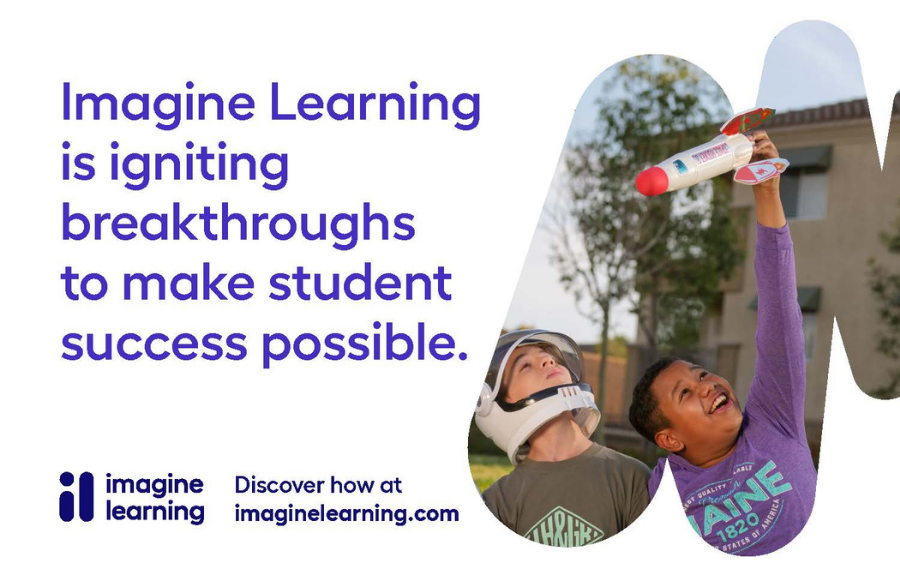6 Tips for Engaging the Families of English Language Learners
By Louise El Yaafouri
 El Yaafouri asserts that in order for students to succeed, their parents have to be involved. However, this is difficult for parents who are new to the language and culture. To answer this dilemma, she provides six ways to engage ELL parents and caregivers in their children’s education.
El Yaafouri asserts that in order for students to succeed, their parents have to be involved. However, this is difficult for parents who are new to the language and culture. To answer this dilemma, she provides six ways to engage ELL parents and caregivers in their children’s education.
- MAKE IT RECIPROCAL – Communicate with parents so they are aware of what they can do to help their children succeed. This includes providing quiet study time and talking to their children about their day at school.
- AIM FOR AUTHENTICITY – Learn about students’ cultures, and create an environment which reflects their families and cultures. Reach out to bilingual staff.
- USE A CULTURALLY RESPONSIVE APPROACH – This involves scheduling around important holidays, having activities, menus, and even menus that take culture into consideration. It is also important to use misconceptions that occur as an opportunity to teach understanding.
- KEEP IT SIMPLE – Communication should be clear and concise avoiding educational terms and acronyms, but instead using images and translations.
- INCREASE CAPACITY – The author lists eight ways that parents can participate in the school community through volunteering, special events, providing resources and their cultural expertise, joining focus groups, and more.
- FIND YOUR WAY HOME – Home visits are highly recommended to foster trust and academic success.
El Yaafouri concludes by stating that, “In the vast majority of cases, our English learner parents have high hopes for their children’s scholastic well-being and wish to contribute to that success. When parents feel that they are a part of an inclusive learning culture and have a clear awareness of their role in their child’s learning, true partnerships can occur.”

 Schwartz begins the article with this suggestion. “If school districts want a broader, more diverse group of parents to attend meetings, ask questions, and participate in school-based activities, they can’t just invite families to show up—they need to set up systems that make them feel welcome and heard.”
Schwartz begins the article with this suggestion. “If school districts want a broader, more diverse group of parents to attend meetings, ask questions, and participate in school-based activities, they can’t just invite families to show up—they need to set up systems that make them feel welcome and heard.”
